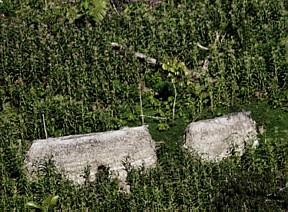Many tribal people who are today ‘uncontacted’ are in fact the survivors (or survivors’ descendants) of past atrocities. These acts – massacres, disease epidemics, terrifying violence – are seared into their collective memory, and contact with the outside world is now to be avoided at all costs.
Many of the isolated Indians of western Amazonia, for example, are the descendants of the few survivors of the rubber boom which swept through the region at the end of the 19th Century, wiping out 90% of the Indian population in a horrific wave of enslavement and appalling brutality.
Others are survivors of more recent killings. The Amazonian people known as the ‘Cinta Larga’ [‘wide belts’] suffered many vicious and gruesome attacks at the hands of Brazilian rubber tappers between the 1920s and the 1960s. One famous incident, the 1963 ‘massacre of the 11th parallel’, took place in the headwaters of the Aripuanã river where the firm of Arruda, Junqueira & Co was collecting rubber.
An uncontacted tribe lives less than 100 km from Machu Picchu, one of the busiest tourist destinations in the world.
